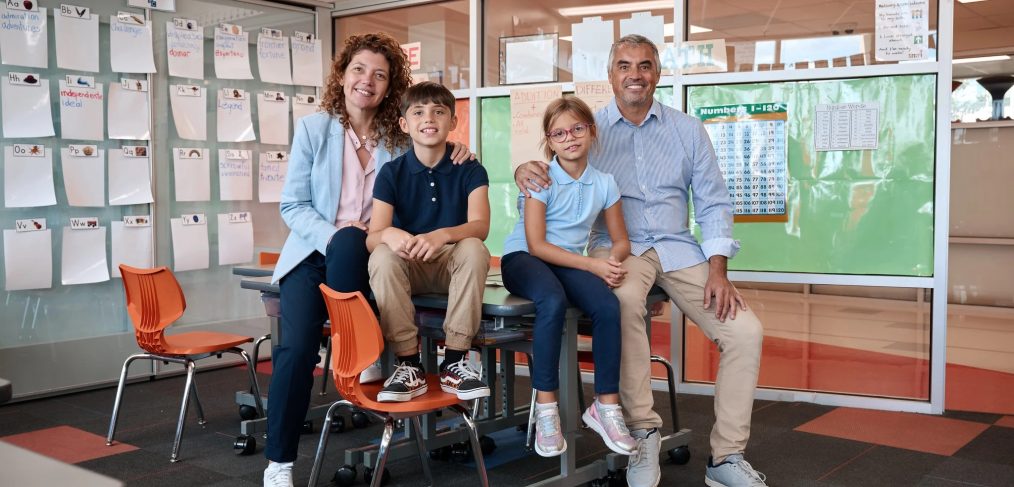Ricardo Velez found his calling helping students develop college readiness skills as an AVID tutor and has found his place as an eighth-grade English language arts and reading teacher in Dallas ISD thanks to the district’s Alternative Certification program.
Velez showed his passion for supporting students as an AVID tutor while working on his associate degree at Dallas College. After earning his bachelor’s degree from Mt. Angel Seminary in Oregon, he knew he wanted to become a teacher and found that Dallas ISD’s AC and Latino and Black Male Residency programs aligned with his goals and beliefs.
“I wanted to come back home and was looking at different AC programs, and when I saw the resident program, I really identified because I know what it’s like to grow up like these students,” he said. “I remember how I looked at my own teachers and my own struggles. I wanted to be part of a school district that helps the same child I was. I have been enjoying it ever since.”
Velez always knew he wanted to be a teacher and thought back to teachers who have helped him develop self confidence and his own voice and wants to do the same for his students.
As an eighth-grade teacher at Hector P. Garcia Middle School, Velez is committed to fostering an inclusive and open-minded classroom where students feel comfortable and empowered to engage deeply with literature. He feels that encouraging the analysis of diverse perspectives broadens students’ understanding of texts and promotes critical thinking and respect for differing viewpoints, he said.
and empowered to engage deeply with literature. He feels that encouraging the analysis of diverse perspectives broadens students’ understanding of texts and promotes critical thinking and respect for differing viewpoints, he said.
“His ongoing commitment to professional growth and the desire to make an even more significant impact on his community are reasons why he has been so successful as part of both the AC and the residency programs,” said [who from HCM is saying this?]. “These programs help him continue to be successful by providing him with valuable tools and mentorship to further shape students’ lives.”
In his classroom, Velez strives to provide a variety of resources and to deliver differentiated instruction because students learn at their own pace, he said.
 Velez said he is his students’ number one fan in and out of the classroom. He is sure to show up to football games and cheer them on to continue building meaningful relationships beyond the classroom walls, which helps bridge the gap between school and community by making them feel that their efforts and achievements are celebrated. He understands that being an educator involves mentoring, encouraging, and showing up for students.
Velez said he is his students’ number one fan in and out of the classroom. He is sure to show up to football games and cheer them on to continue building meaningful relationships beyond the classroom walls, which helps bridge the gap between school and community by making them feel that their efforts and achievements are celebrated. He understands that being an educator involves mentoring, encouraging, and showing up for students.
“To build student relationships, you have to see them more as a whole person, not just as a student,” he said. “You see them developing their personalities and their own character.”
What Velez finds most rewarding about being a teacher is seeing their students grow. They recently completed mid-year exams that showed significant growth in reading, he said.
“Some of them showed 200 percent growth, and one of my eighth graders reached a ninth-grade reading level!” he said. “I love seeing them believe in themselves and take those risks.”
Velez encourages those who are looking to become teachers to find an alternative certification program that aligns with their beliefs and what they value.
“Here at Garcia Middle School, I was able to be placed at a campus that promotes well rounded education, social emotional learning, academic rigor, but also kindness and responsibility,” he said. “I would definitely recommend Dallas ISD’s program. It provides genuine support that is very applicable to the classroom.”
If you’re passionate about children’s success and are interested in making a difference in the lives of children, the Dallas ISD Alternative Certification Program offers free tuition and all the training you need to become a certified teacher, said Shuntrice Rhodes, director of Alternative Certification. Inspire the next generation of young minds teaching in one of the critical shortage areas, including core subjects in early childhood to sixth grades with ESL, bilingual, English language arts and reading in seventh through 12th grades, math in seventh through 12th grades, science in seventh through 12th grades, or special education in early childhood through 12th grade.
For more information about Dallas ISD’s AC program, contact alternativecertification@dallasisd.org. Apply now at dallasisd.org/acp.


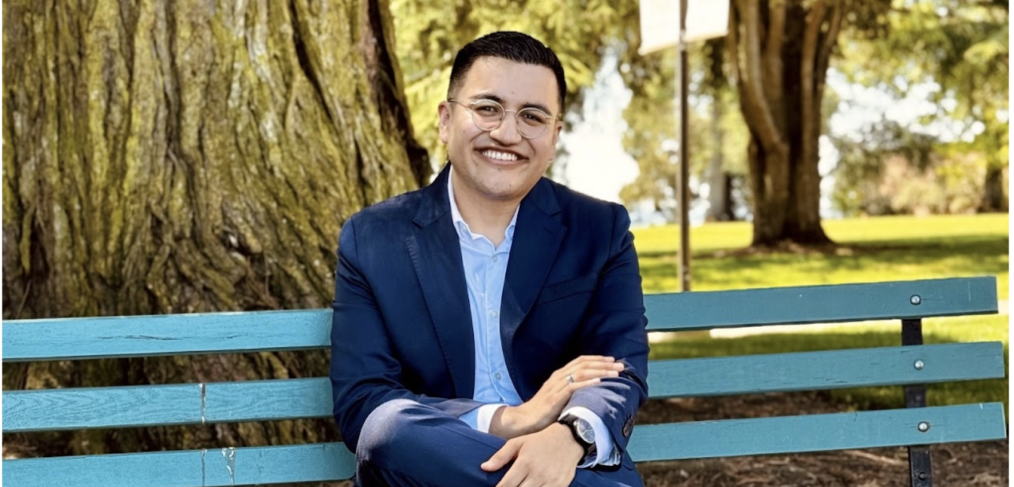
 and empowered to engage deeply with literature. He feels that encouraging the analysis of diverse perspectives broadens students’ understanding of texts and promotes critical thinking and respect for differing viewpoints, he said.
and empowered to engage deeply with literature. He feels that encouraging the analysis of diverse perspectives broadens students’ understanding of texts and promotes critical thinking and respect for differing viewpoints, he said.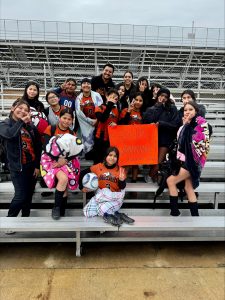 Velez said he is his students’ number one fan in and out of the classroom. He is sure to show up to football games and cheer them on to continue building meaningful relationships beyond the classroom walls, which helps bridge the gap between school and community by making them feel that their efforts and achievements are celebrated. He understands that being an educator involves mentoring, encouraging, and showing up for students.
Velez said he is his students’ number one fan in and out of the classroom. He is sure to show up to football games and cheer them on to continue building meaningful relationships beyond the classroom walls, which helps bridge the gap between school and community by making them feel that their efforts and achievements are celebrated. He understands that being an educator involves mentoring, encouraging, and showing up for students. 
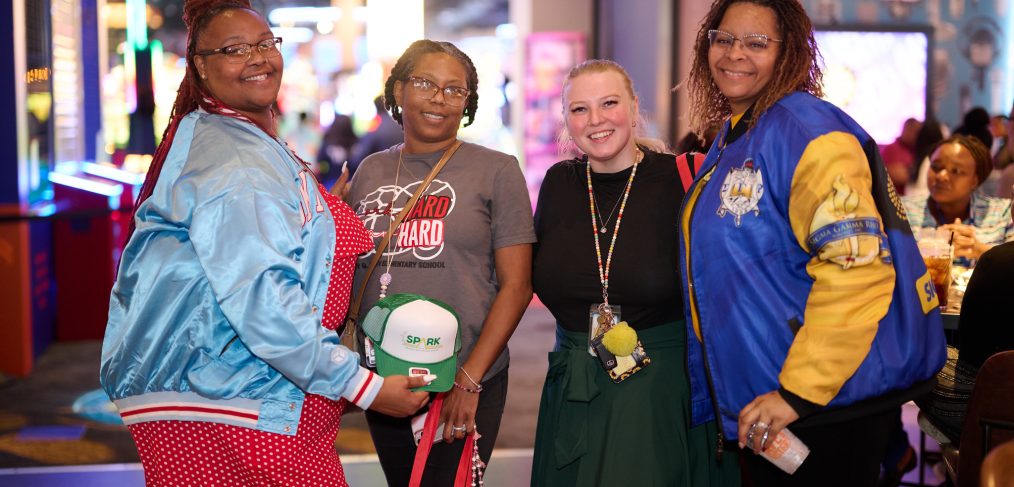
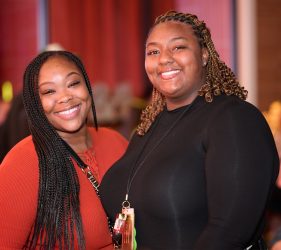
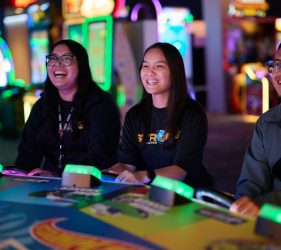
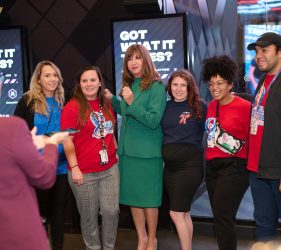
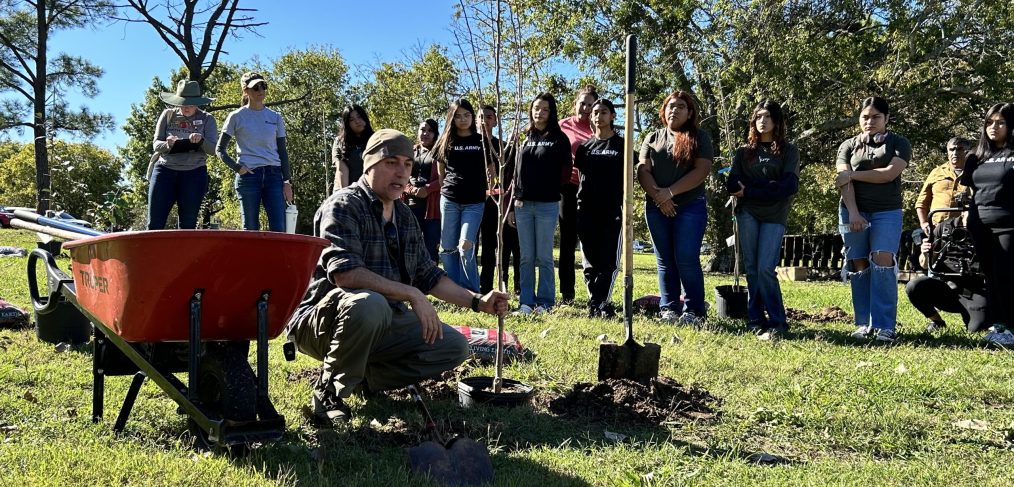
 “We are planting the orchard to use for instructional purposes,” said Mark Broughton, director of the environmental center. “For example, we will use the orchard to provide students with opportunities to investigate and explain how producers can make their own food using sunlight, water, and carbon dioxide through the cycling of matter.”
“We are planting the orchard to use for instructional purposes,” said Mark Broughton, director of the environmental center. “For example, we will use the orchard to provide students with opportunities to investigate and explain how producers can make their own food using sunlight, water, and carbon dioxide through the cycling of matter.”
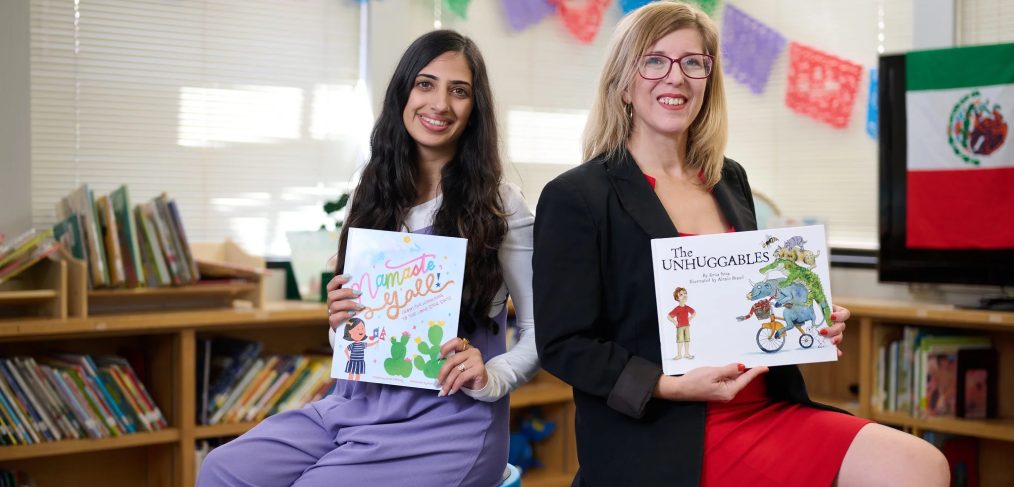
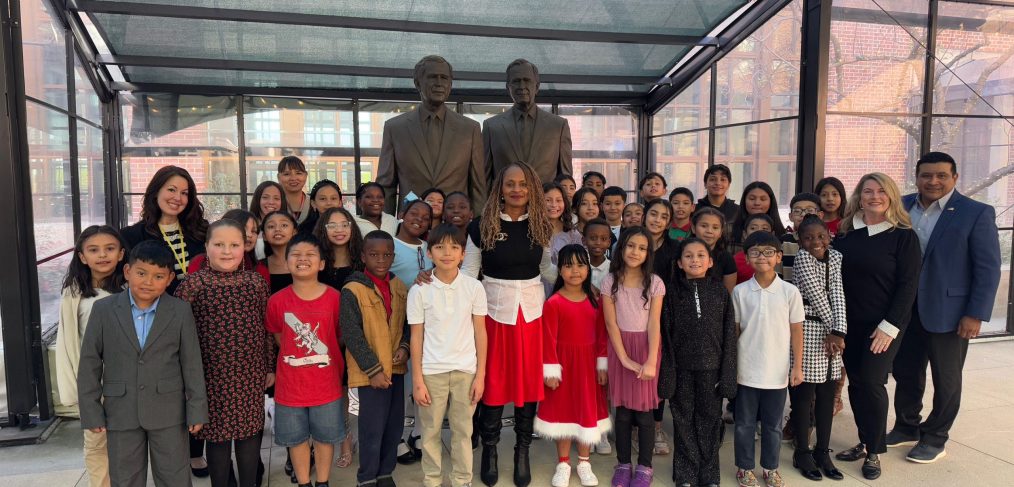
 For years, an art teacher and a TAG teacher at Jill Stone Elementary School at Vickery Meadow had been collaborating on projects and, this March, they came together again for their biggest one yet—creating ornaments for the holiday season to be displayed at the George W. Bush Presidential Library.
For years, an art teacher and a TAG teacher at Jill Stone Elementary School at Vickery Meadow had been collaborating on projects and, this March, they came together again for their biggest one yet—creating ornaments for the holiday season to be displayed at the George W. Bush Presidential Library. special.”
special.”


